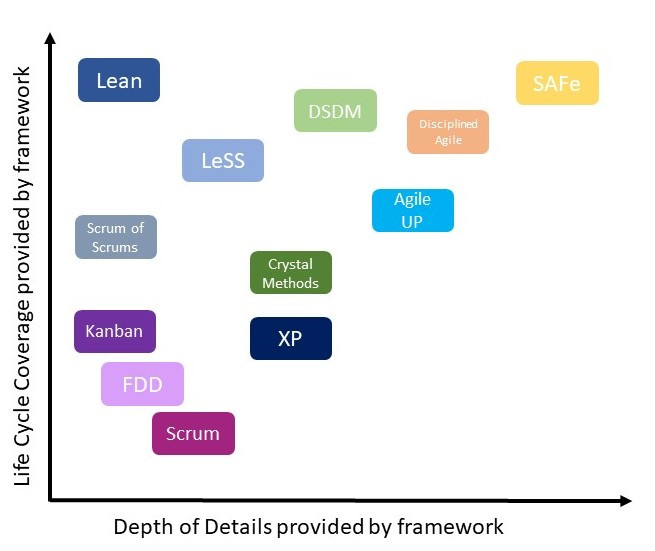Blog
Exciting articles on interesting topics offer our customers added value 24/7. Here you will find interesting topics from the specialist areas of machCon. If you have any questions, please do not hesitate to contact us.
Employees' personal data must be handled in compliance with the provisions of the General Data Protection Regulation (GDPR) and the Federal Data Protection Act (BDSG). The current draft bill for the Employee Data Protection Act (BeschDG) introduces new provisions that are relevant for employers and employees. The aim is to improve data protection in employment relationships and to guarantee employees comprehensive protection in the digital world of work. Summary of the changes introduced by the Employee Data Act (BeschDG): New risk management: It is mandatory to carry out detailed interest assessments to examine the relationship of dependency in...
What is Perplexity AI The use of artificial intelligence has become well-established in today's world and the use of AI search engines is already part of most people's private and professional lives. Conventional search engines such as Gemini or ChatGPT are based on algorithms that deliver a search result based on the content of web pages. However, Perplexity AI goes one step further and uses advanced AI technologies to provide an even more precise answer to the search query. Perplexity AI is therefore an alternative to traditional search engines and is able to answer questions precisely and accurately. It also...
The cookie banner: when it's needed and what to include! A cookie is a small file that is stored on the user's computer during a visit to the website. The information is read out again when the user visits the website later. This is used to track parts of the user's behavior on the website. For this purpose, users receive identifiers that are classified as personal data. When using cookies, retargeting and tracking pixels on your own website, users must be informed of this fact on their first visit. This requires the so-called cookie banner. So far so good -...
Loyalty cards - a gain for the customer, right? Customer cards, loyalty or bonus cards, they come in all shapes and sizes. But they all have one thing in common: they collect data and in return the customer receives an often negligible discount. Points are collected with every purchase, which can then be used to make a purchase once a certain number of points have been reached or, with some providers, can also be paid out as a reward. Exactly how many points are awarded for which purchase amount can usually be found in the provider's terms and conditions. Two...
Organizations search for a magical way to achieve creating new products, technologies, services, and spaces that people love and overcoming complex business, technological, and social problems with new ideas, processes, and business models. This requires a new way of thinking in this age of complexity and uncertainty with many unknowns. Design thinking has become the most distinctive way to achieve innovation in this setup. The core step of the design thinking methodology is the idea generation. (more…)
In the design thinking methodology, the prototyping phase turns selected solution ideas into tangible forms. Even the most experienced design thinking teams can’t design the optimum solution on the first trial. Good design is a result of several iterations. Iteration is a cycle of doing something, testing it, improving it, and retesting it. The most efficient method of iterative design is prototyping. (more…)
”Good judgment comes from experience. Experience comes from bad judgment.” – American scientist and author Dr. James Jay Horning Design Thinking promotes taking calculated risks by failing early and cheaply, rather than later and bigger. Following the iterative loop, in the evaluation phase of the design thinking methodology prototyped solutions are tested, in order to update the solution until it satisfies the user needs. User’s critiques of the solution are valuable for the improvement. ”The customer is not always right but always has a point.” It is better and cheaper to discuss and solve problems during this early stage of...
Rather than an alternative, design thinking should be regarded as a complementary methodology to lean and agile. All of these methodologies can be applied together throughout the product development life cycle. Organizations should first apply design thinking methodology to identify the right solution for their challenge. Then they should define the solution scope by applying lean methodology. Finally, they should develop and implement the solution with agile methodology. (more…)
The basis of most agile approaches are the Scrum framework, the Kanban method, and elements of the eXtreme Programming (XP) method. Elements commonly used from the Scrum framework are the product backlog, the product owner, the scrum master, the cross-functional development team, the sprint planning, the daily scrum, the sprint review, the sprint backlog, and the sprint retrospective session. (more…)








